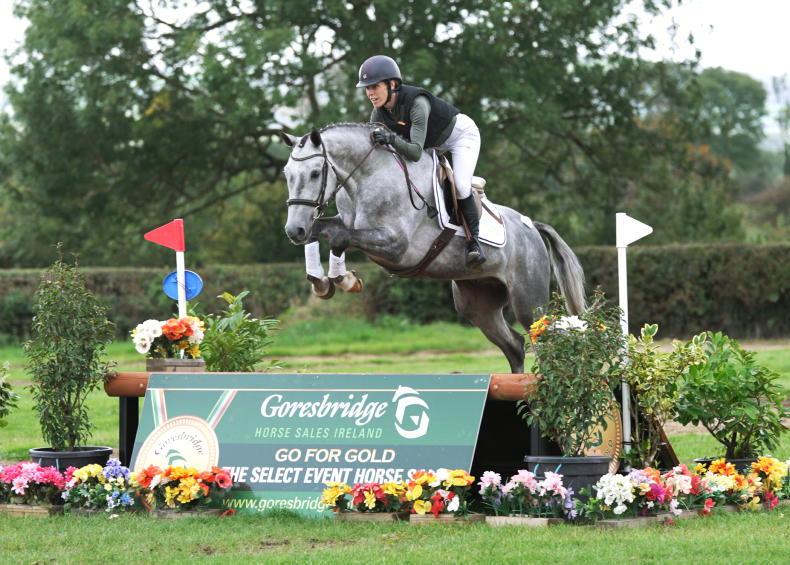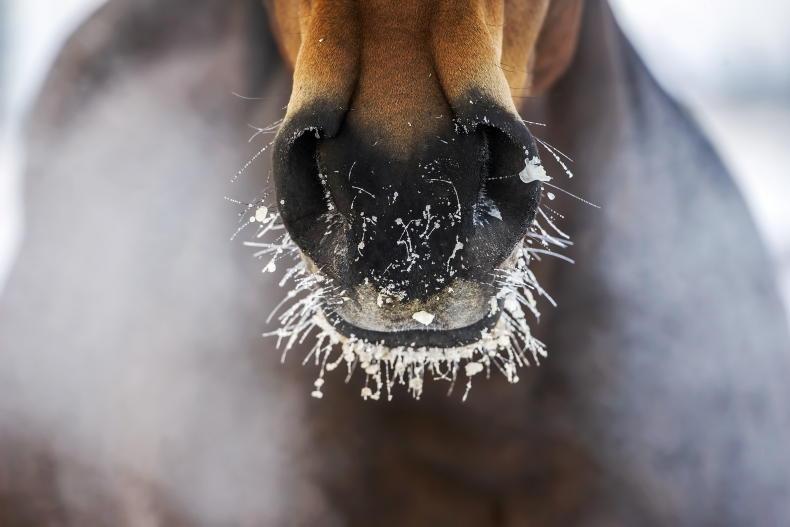When asked about the source of his genius, Albert Einstein had no doubts: “I believe in intuitions and inspirations. I sometimes feel that I am right. I do not know that I am.” Thus describes my wrangling with the ICSI (intracytoplasmic sperm injection) breeding of horses.
Last month, the Swedish Warmblood Association (SWB) announced it had decided to no longer register foals produced with the reproduction techniques OPU/ICSI as of 1 March 2025. The fact that the decision was taken in accordance with Sweden’s Animal Welfare Act may suggest that there are concerns about the welfare of the horses involved in these reproduction techniques.
ICSI was originally developed for use with sub-fertile mares or for breeding from low-fertile or deceased stallions. However, truth be told, I’m finding it increasingly possible to suggest that the technique is being used more for commercial gain than bloodline gain.
Advanced technologies
ICSI is a procedure currently unavailable in Ireland (although the first step, ovum pick up (OPU) is available in two clinics, Ballyorney Veterinary Clinic in Co Wicklow and UCD Veterinary Hospital). Most Irish breeders are choosing to send mares (or their eggs following OPU) to clinics such as Avantea Srl, a laboratory of advanced technologies for animal reproduction and biotechnology research in Italy.
According to Per Jansson, chairman of the SWB Board of Directors who made the ICSI ban: “The change underscores SWB’s commitment to equine welfare over commercial interests. We want to emphasise that equine welfare always outweighs purely commercial interests for SWB. We believe that a clear ethical compass in the long run will be a success factor.”
Gene pool
A quick look at Irish Breeders’ groups on social media offers an array of thinking on it. One breeder wrote: “Good initiative, but I think a restriction on numbers would be better than an outright ban. The gene pool is narrow enough. A 12-year-old mare with 30 offspring, many of them fully related, does nothing positive in terms of genetics. Also, it could be argued, how can you critically assess damlines in the future? Cases when one mare has bred three times as many foals as the other - of course they are more likely to have more progeny jumping at a higher level. Another commented: “Surely it’s the stallions that need to be addressed/have numbers capped if we’re trying to stop the gene pool getting smaller all the time? Even with these techniques a mare might have 30 offspring, but the top stallions have thousands!”
So, Sweden has taken a firm stance. Could this lead to a much wider trend of restrictions on the use of certain reproductive techniques in breeding and in the welfare rules surrounding equine reproductive medicine? Time will tell.









SHARING OPTIONS